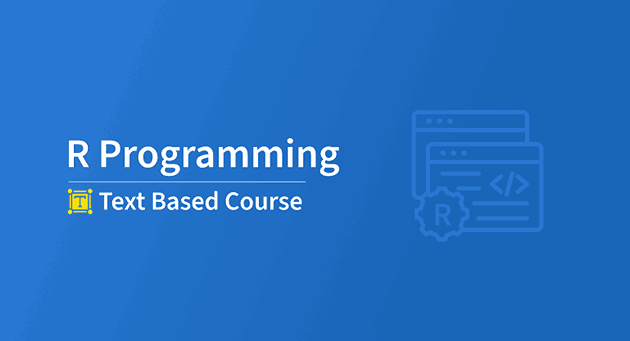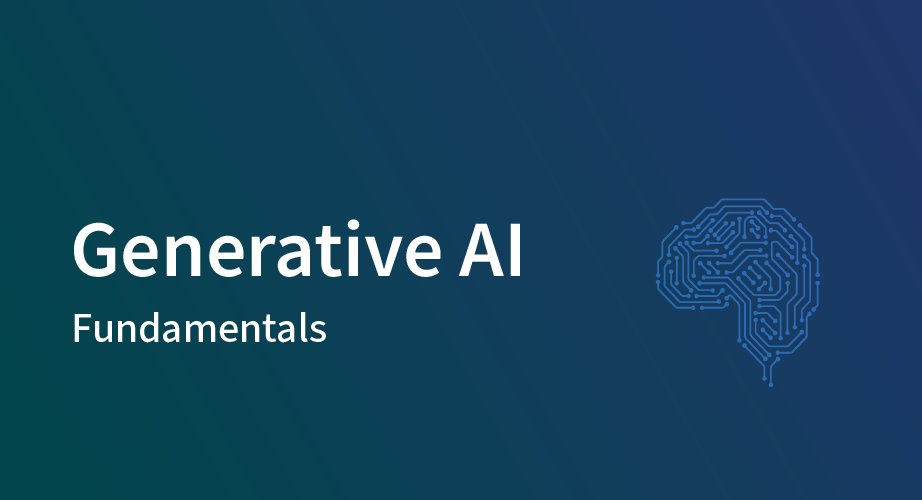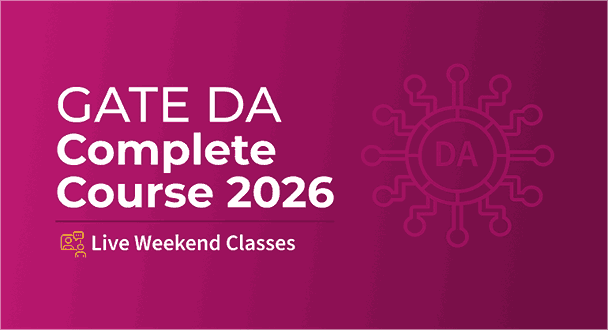| CARVIEW |
Advanced Regression (inference and transforming)
Go beyond linear as you explore the concept of advanced regression. Advanced regression will introduce you to regression methods when there's a non-linear pattern of correlation between data.
Question 1
In a regression model, if the p-value for a predictor variable is very small (e.g., 0.001), what does this imply about the predictor variable?
The predictor variable has no significant effect.
The predictor variable has a significant effect.
The predictor variable should be removed from the model.
The predictor variable is highly correlated with the response variable.
Question 2
Why might we apply a logarithmic transformation to a predictor variable in a regression model?
To reduce the range of the variable.
To make the relationship between variables more linear.
To increase the variance of the predictor.
To eliminate outliers from the data.
Question 3
In a regression model with a logarithmic transformation on the response variable, what does the coefficient of a predictor variable represent?
The change in the response variable for a one-unit change in the predictor variable.
The percentage change in the response variable for a one-unit change in the predictor variable.
The change in the log of the response variable for a one-unit change in the predictor variable.
The change in the response variable for a one-unit change in the log of the predictor variable.
Question 4
Why is it important to check for homoscedasticity (constant variance of errors) in a regression model?
To ensure that the predictors are not correlated with each other.
To confirm that the errors are normally distributed.
To ensure that the model assumptions are not violated.
To verify that the predictors are linearly related to the response.
Question 5
How do dummy variables help in a regression model?
They help in normalizing the data.
They allow the inclusion of categorical data in the model.
They reduce multicollinearity among predictors
They transform non-linear relationships to linear.
There are 5 questions to complete.





